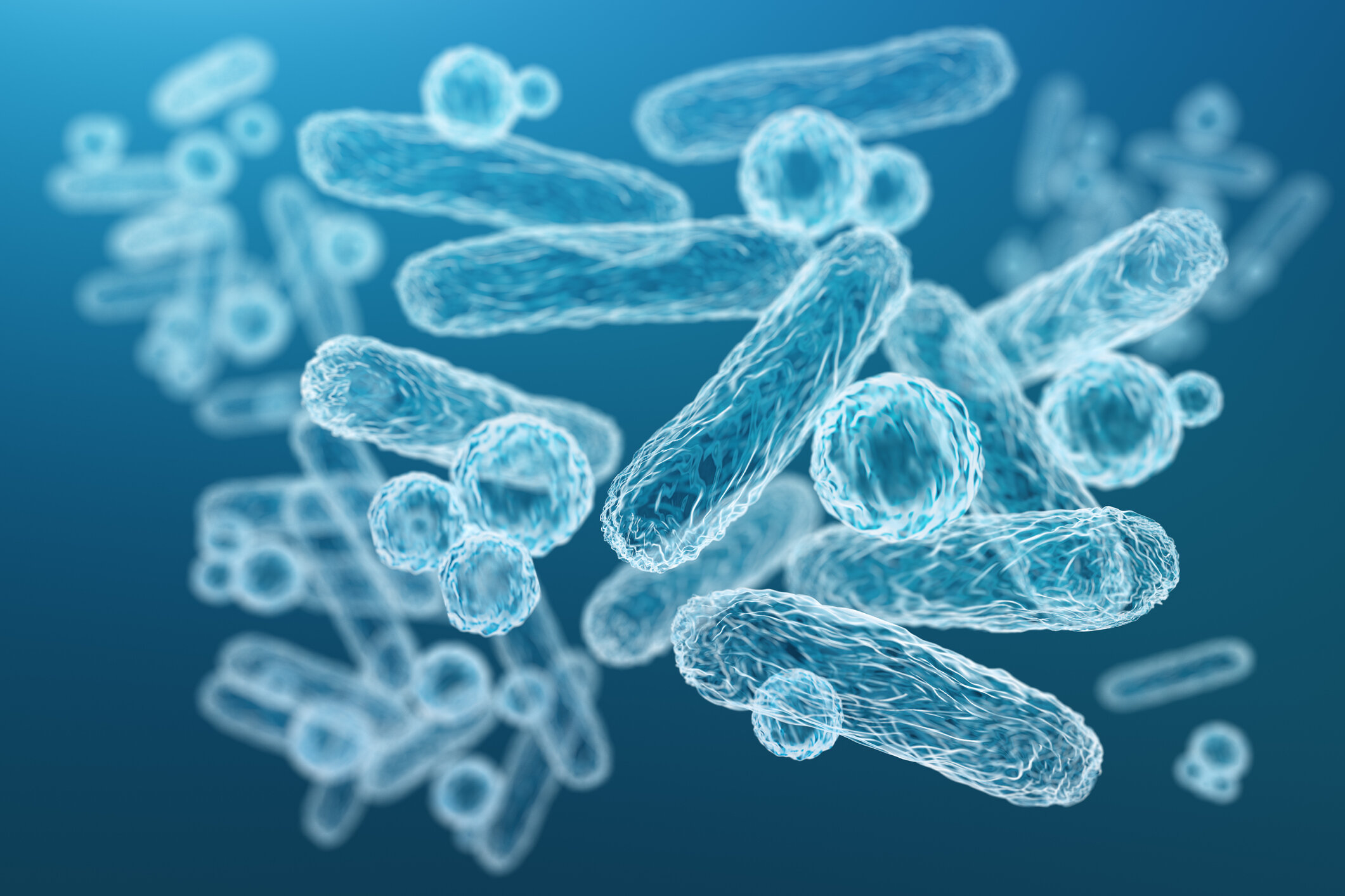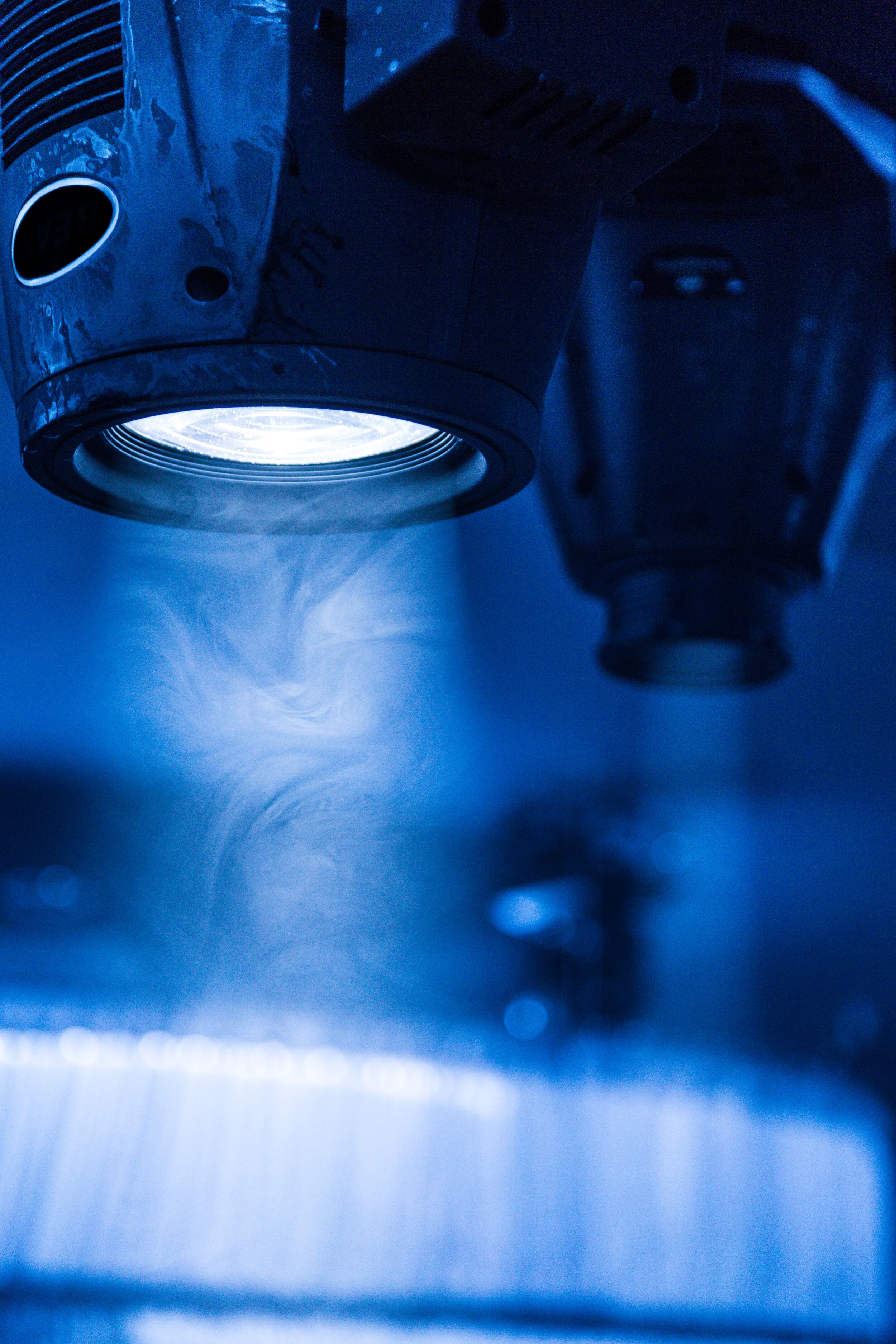
Introduction to Microbiology
About the Course
Whether it be in your food, in your digestive tract, or on your skin microbes can be found anywhere on our planet. These complex organisms, too small to see with the naked eye, play key roles in maintaining ecosystems around the globe. Although many of the microbes we are familiar with result in deadly infections, a majority of microbes that surround our planet are beneficial: yeast in dough, E.coli in our long intestine, and lactic acid bacteria in dairy products. Trillions and trillions of microbes surround us at any moment; however, it remains a world mostly unexplored. Microbiologists around the planet continue to identify new species and develop new methods to handle the microbes that surround us. This course will provide an introduction to the world of Microbiology and its subsets – bacteriology, virology, and immunology. By the end of this course, you should have a general understanding of microbial characteristics and properties, conduct experimental techniques utilized in a microbiology laboratory, and explain how the human immune system combats microbial pathogens. As of now, your viewpoint of microbials may consist of germs and more germs. Upon completing all the modules of this course, it is our goal to help you gain a larger understanding and better appreciation of the trillions of microbes that surround us at any given moment.
Prerequisite: Completion of an introductory high school or college level biology course is recommended
NOTE: Please DO NOT redistribute any of the Microdiscoveries content material. If we become aware of such situations, consequences will be implemented.
Module I - Introduction & Basic Bacteriology
Lecture 1 - Introduction and History
Get ready to dive into to the world of microbiology and its subtopics. Following a brief introduction, you will travel through history as you learn about the major discoveries made by history’s earliest microbiologists.
Lecture 2 - Bacterial Morphology
Staphylococcus = Clustered and Spherical. In this lecture, you will learn about the variety of characteristics and properties bacteria possess structurally. In addition, you will be provided a brief introduction to some of the procedures utilized by microbiologists to visualize and determine the properties of specific microorganisms
Lecture 3 - Bacterial Structure & Components
Just as eukaryotic cells have organelles like the endoplasmic reticulum and the Golgi apparatus, prokaryotic cells also have organelles that are unique to them such as flagella and fimbriae. In this lecture, you will be exposed to such structures and learn about the specific roles they play in aiding the bacterial cell.
Lecture 4 - Bacterial Biodiversity
There are approximately over 30,000 species of bacteria and 100 trillion bacteria on you at any given moment! In this lecture, you will given a perspective on how vast and diverse the microbial world is. You will also learn how such bacterial diversity emerged and how different populations manage to interact with one another at any given moment.
Lecture 5 - Bacteria Talk?Microbiomes
Yes, bacteria can talk! The human body is home to a plethora of microorganisms that communicate with one another. In this lecture, you learn about microbiomes, specifically, the human microbiome, and the key role it plays in maintaining our health. You will also learn about the Human Microbiome Project, something you may want to get involved in in the future.
Module II - The Microbiology Laboratory & Biotechnology
Lecture 1 - Streak Plate Technique & Microscopy
Upon receiving a bunch of microbiological specimens, microbiologists seek to isolate a pure culture of a specimen to further study. They do this by conducting a procedure called the Streak Plate Technique. In this lecture, you will learn how to conduct the Streak Plate Technique in addition to going in-depth about specific types of light microscopes and electron microscopes.
Lecture 2 - Staining
Viewing microorganisms under a compound microscope can be difficult. Therefore, microbiologists often stain a specimen so that the specimen as a whole or certain parts of it can be better visualized. In this lecture, you learn about the various methods of staining and how to conduct some of the most common ones. With various dyes and colors, microorganisms look beautiful when viewed under a compound microscope.
Lecture 3 - Gel Electrophoresis & Assays
In this lecture, you will learn about a lab procedure known as Gel Electrophoresis which enables biologists to distinguish the size and characteristics of various fragments of DNA. You will learn about various assays that are used by microbiologists to assess whether a microorganism carries out a specific metabolic process. In addition to learning about these assays, you will learn how to conduct them.
Lecture 4 - Spectrophotometry & Polymerase Chain Reaction
Two more machines to learn about in the microbiology laboratory: Spectrophotometers and Thermal Cyclers! In this lecture, you will learn about how light is used to determine how much bacterial growth occurred within a medium. You will also learn how a section of DNA is able to be amplified to identify a specific nucleic acid sequence. Spectrophotometry and PCR are essential procedures that are used by microbiologists all around the globe.
Lecture 5 - Bioinformatics
Let’s say you just received the DNA sequence of an unknown species: AATGACGAATCA. You want to determine which species this most closely resembles. The question is “HOW?”. The answer: bioinformatics. In this short lecture, you will be introduced to this growing field of bioinformatics and be able to practice using a very well known program.
Module III - Advanced Bacteriology
Lecture 1 - Bacterial Genetics
AGATCCGAT … also known as the universal genetic code, applies to prokaryotes too! In this lecture, you will learn about how Bacteria replicate their DNA and synthesize proteins. In addition, you will also learn how Bacteria regulate what genes get expressed at certain moments.
Lecture 2 - Bacterial Metabolism & Physiology
Similar to humans, bacteria also conduct their own metabolic processes. Many of these processes will be familiar, like photosynthesis, while others may be slightly different, like bioremediation. As this is the longest lecture, take your time!
Lecture 3 - Disease & Pathogenicity
As we all know, bacteria have the ability to cause diseases and infections. In this lecture, prepare to learn how to classify such diseases and the stages by which bacterial pathogens spread throughout the host’s body.
Module IV - Immunology & Virology
Lecture 1 - Introduction to Immunology & Vaccines
For the past three modules, we have really focused on bacteriology. Get ready to be introduced to the field of immunology - the study of our immune system! In this lecture, you will learn about the various components of our immune system and how humans develop immunity. In addition, you will learn about a specific scientific innovation that helps make our immune systems stronger: vaccines.
Lecture 2 - Cancer & Toxins
Why is cancer a part of an introductory microbiology course?! Well, click on this lecture to find out! In this course, you will learn about microbial toxins and cancer. Using this knowledge, scientists work towards developing more effective mechanisms of treatment against both cancer and microbial toxins.
Lecture 3 - Introduction to Virology
After going in depth into the study of bacteria and receiving a brief introduction into the study of the immune system, we now move on to the study of viruses! In this lecture you will be introduced to what a virus is, viral morphology, and viral genetics. This lecture acts as a brief introduction into the field of virology.
Lecture 4 - Conclusions
As we come to the conclusion of this course, we wanted to introduce potential routes you could take from here. In this lecture, you will learn about the other various fields in microbiology you could explore in the future, the different types of microbiology, and career options in microbiology. We also leave you with a few words of wisdom before we let you off to discover even more!
Course Evaluation
To receive a certificate of completion, you must complete this course evaluation.

Congratulations on Completing the Course!
“You live in intimate association with bacteria, and you couldn’t survive without them.”
— Bonnie Bassler
“On these observations I have spent more time than many will believe, but I have done them with joy …”
— Antoine van Leeuwenhoek
